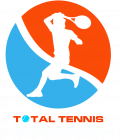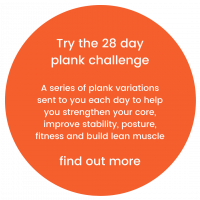Strengthening the core for tennis
When playing tennis, our strokes and movement patterns either originate at the core or pass through it within the kinetic chain. Forces are generated from the ground up and travel via the core to the upper limbs.
As with all our programmes we have chosen specific, essential areas of the body to train in order to both prevent injury and to improve performance. A strong and flexible core increases your power, balance and both dynamic and static stability - all vital to optimising your game.

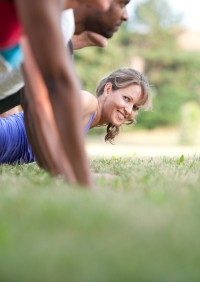
We offer beginner and intermediate 6 week core strength programmes, or combine the two for our full 12 week complete programme
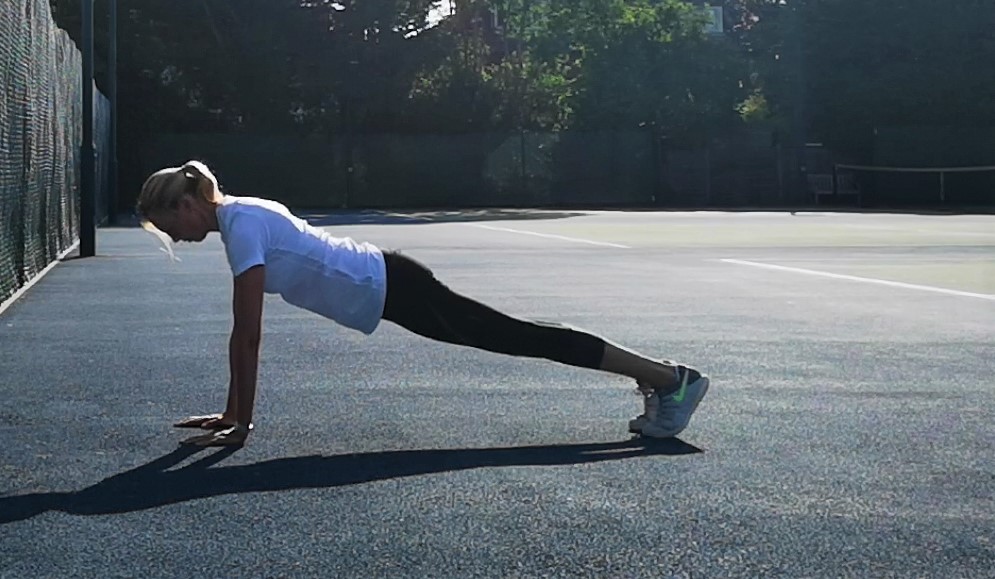
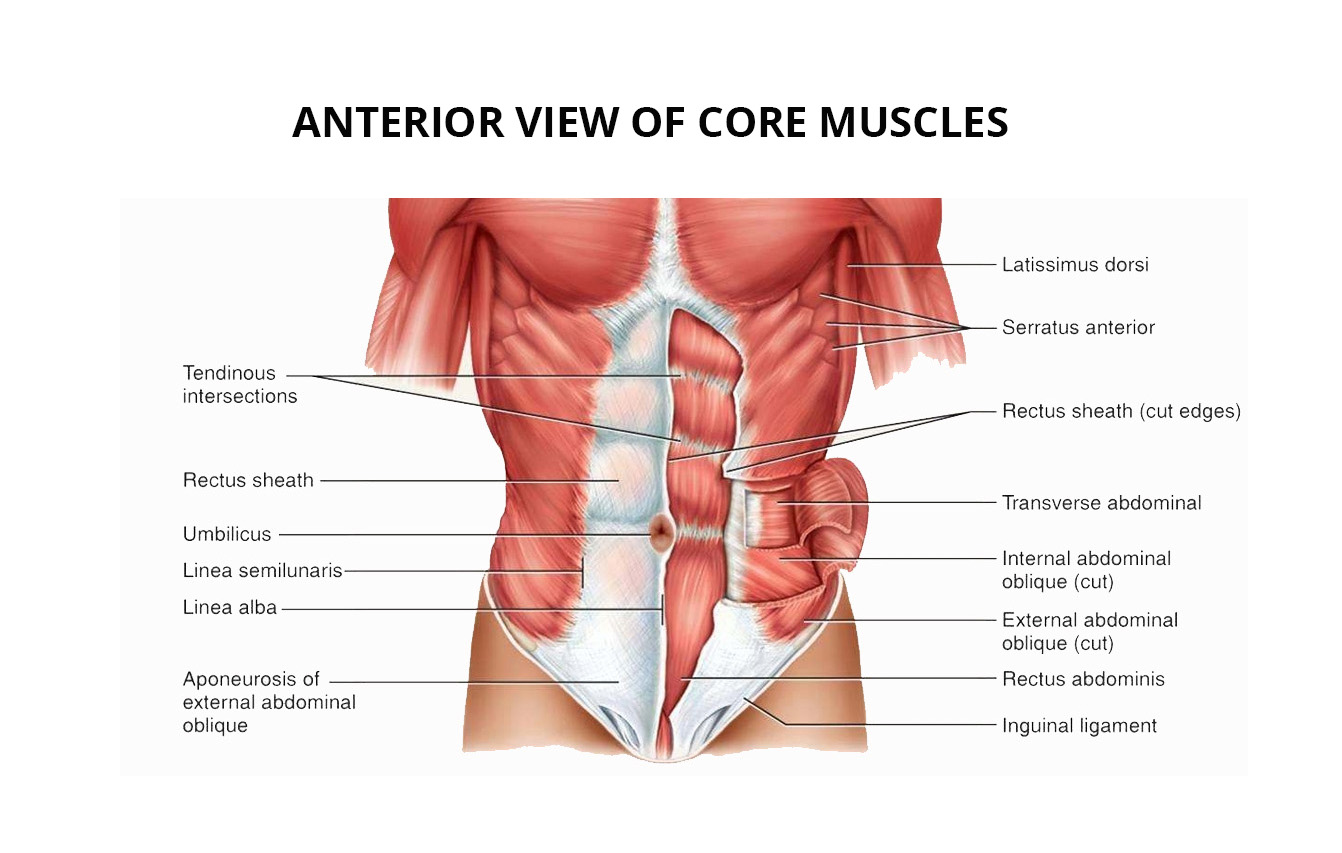
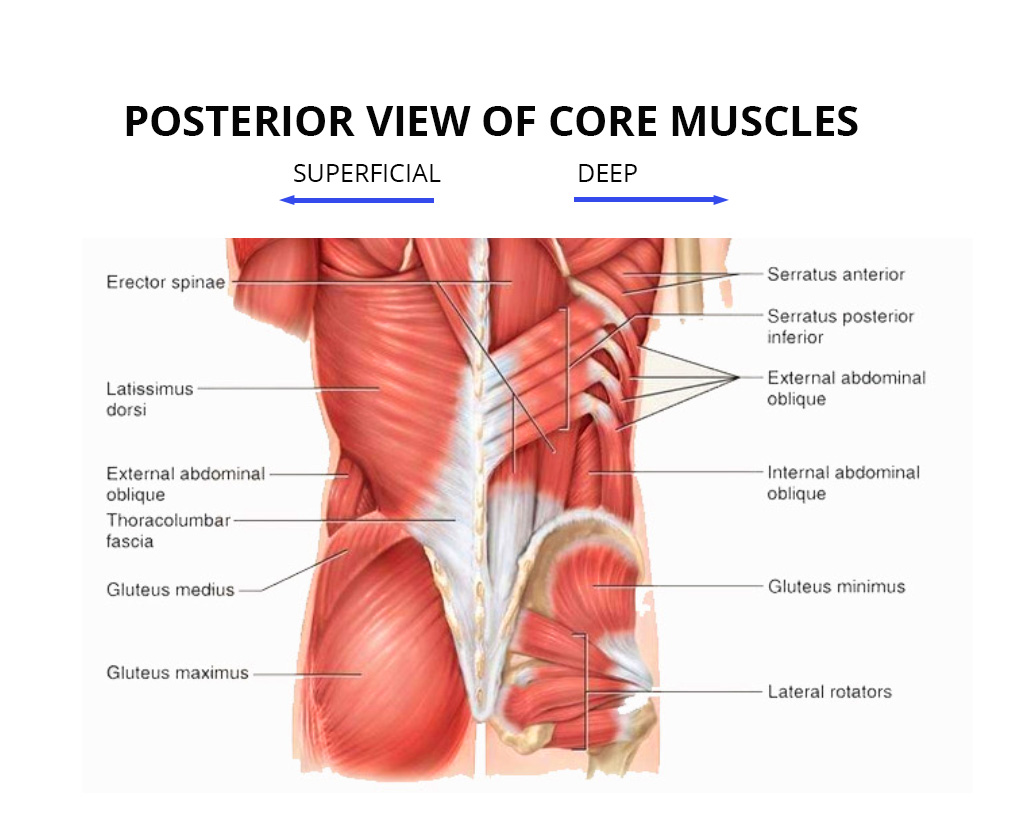
Core function
Tennis demands multiple, fast paced changes of direction on the court and constant repositioning of the body in relation to the ball. The body needs to move through all planes of motion - sagittal, lateral and transverse - and these movements originate from the core. It must drive and control the rotational forces that tennis places upon the torso.
Core anatomy
The core is not just your six pack, it’s basically everything bar the limbs and head, but there is no universal definition of which muscles constitute the core. We will define it as the muscles that act on the spine and pelvis.
The major muscle groups that make up the lumbopelvic stabilisers include the rectus abdominis, internal and external obliques and erector spinae, vital in movement and energy transference.
The deeper muscles of the multifidus, transverse abdominis and quadratus lumborum (amongst others) further stabilise the spine and pelvis.
These all work together with the hip flexors and extensors to provide both static and dynamic stability, range of motion and balance. Any weakness within this musculature compromises function.
Preventing injury
Improving core stability can reduce the risk of injury. Common injuries for the tennis player include lower back pain, and tears to the abdominal wall (predominantly the rectus abdominus and the external obliques). In order to train effectively we must focus on muscle activation, neuromuscular control and both static and dynamic stability. You’ll find all these protocols in our Total Tennis Fitness core power programmes.
Back pain for tennis players can have a range of causes, from articular dysfunction to muscle imbalances, overuse and postural abnormalities. Different playing surfaces can also affect the lower back with ground reaction forces being absorbed by the lumbar spine. Good shoes and a strong core are essential.
Lower back injuries are common in everyday life, let alone on the tennis court. In fact, 80% of the western population are likely to experience lower back pain at some point in their lives. Our programmes are suitable not only for tennis players, but for functional daily living. Today’s lifestyles can involve hours sitting at a desk. Not ideal for a healthy back!
Increasing flexibility and the range of movement will reduce the risk of abdominal tears or herniation. Tennis is a unilateral sport and as such players are prone to developing muscular imbalances not just in the arms and shoulders, but also in the core and hips.
Our training programmes must address the balance between flexors and extensors, the posterior and anterior, the upper and lower core and of course the left and right sides. We must place emphasis on both the concentric and eccentric contraction within our training as the core is required to not only generate rotational force, but to slow it down in order to recover and reposition for the following shot.
Improving performance
The serve places immense torque through the spine. A strong core will provide enough stability to support the structure of the spine whilst moving through multiple planes of motion. A strong core will provide the dynamic balance to control the motion without losing power and force generation.
The spine extends in the preparation phase and the posterior muscles contract. For a right-handed player there will be a greater contraction in the right obliques as the pelvis tilts laterally. The abdominals will eccentrically load as we reach up towards the ball in the cocking phase.
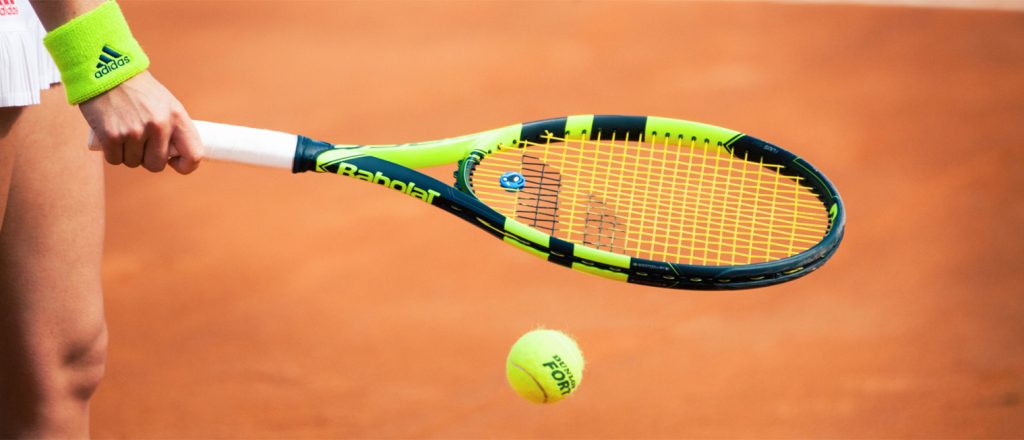
During the acceleration phase the abdominal muscles contract to accelerate and stabilise the torso. Strong abdominals provide greater acceleration and thus greater speed and power. The body rotates through the transverse plane. As the forces generated through the serve move through the arm to the racquet the core needs to provide enough proximal stability to support the distal mobility at the shoulder through the remainder of the kinetic chain to the point of contact.
In the follow through decelaration phase the muscles in the lower back (predominantly the erector spinae) will eccentrically contract to decelerate and stabilise the trunk, helping to prevent injury and recover position in readiness for the return of serve.
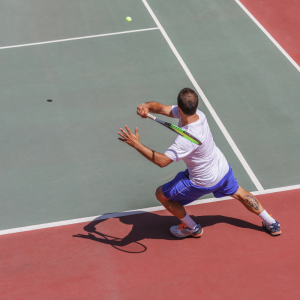
Groundstrokes use a horizontal movement of the torso through the transverse plane.
During the backswing of our groundstrokes the core is eccentrically loading. As we rotate into the shot this kinetic energy is released to generate power and accelerate the stroke.
Think of it as a coiled spring or an elastic band. As you pull the band back it extends under tension (eccentric) and when you let is go, the energy stored within the band is released as it shortens (concentric). The band needs to be both strong and flexible. A weak band will snap, and a band with minimal flexibility will not extend enough to produce power upon release.

